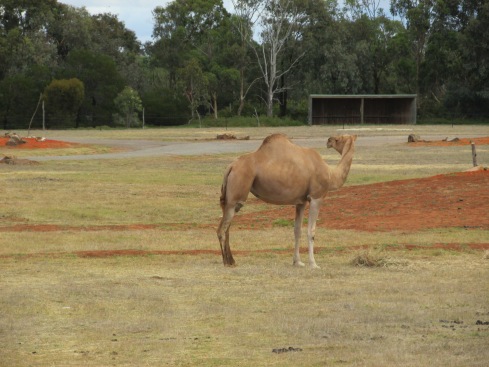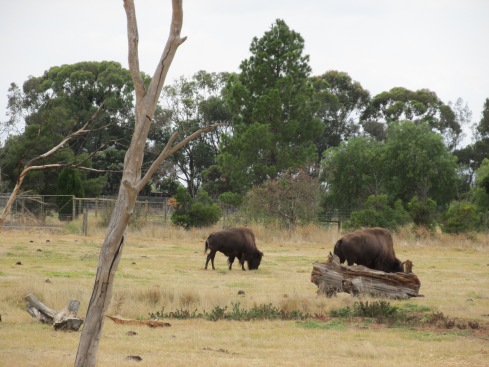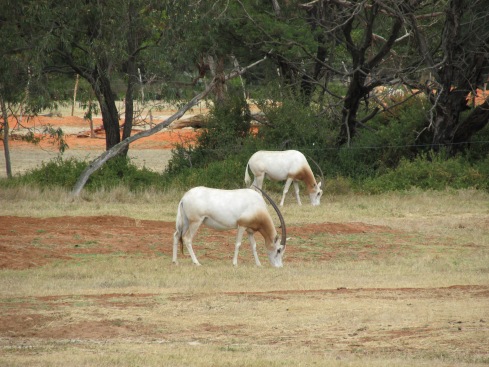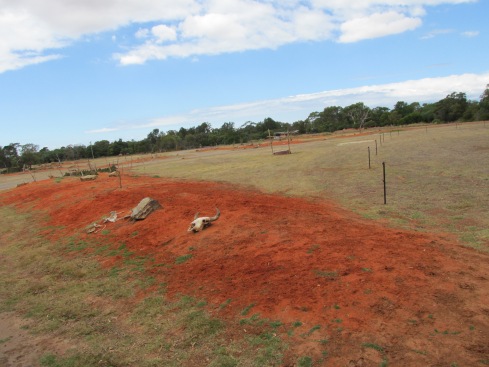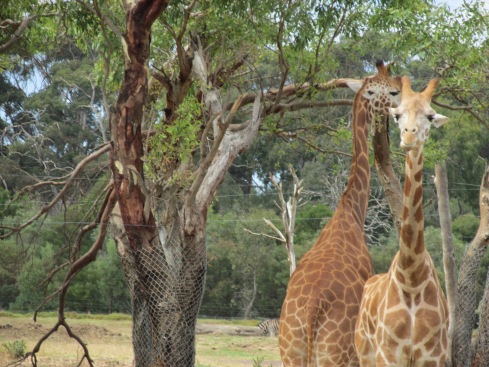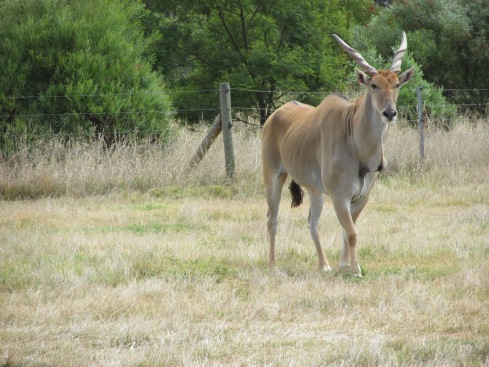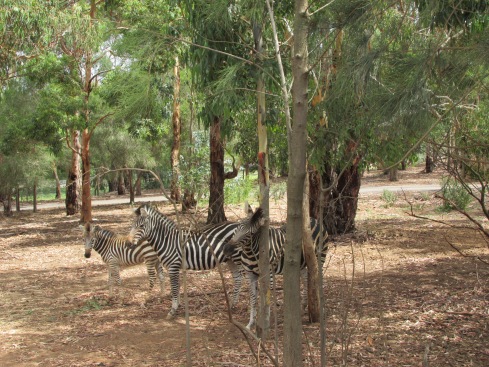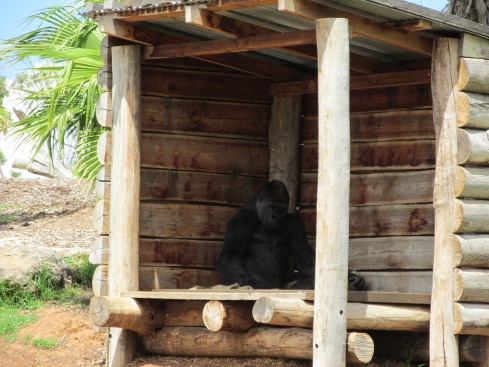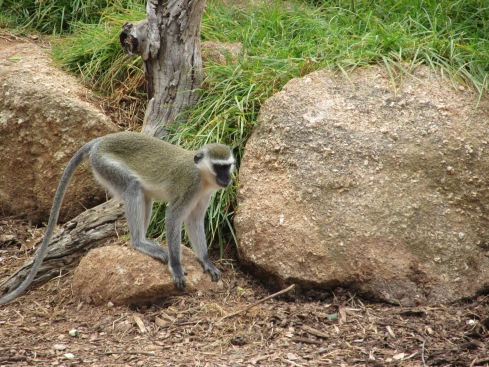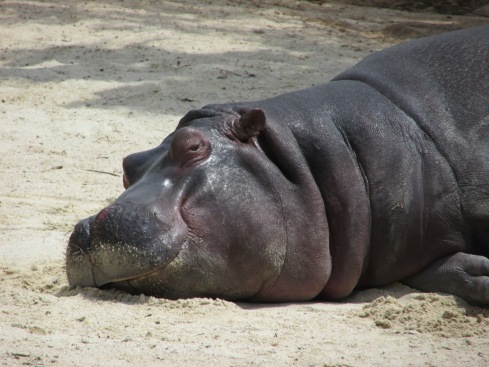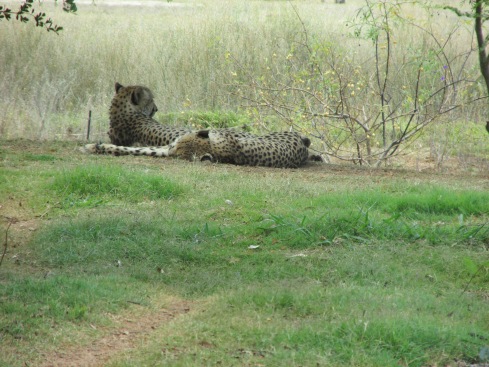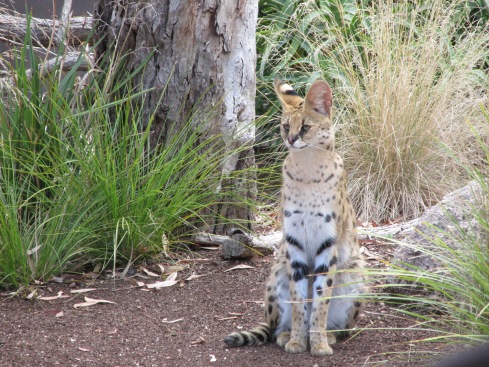 For Part 1, click here.
For Part 1, click here.
For Part 2, click here.
For Part 3, click here.
Some serious sh*t has gone down recently at immigration. Take this post as a warning and try not to make the same costly mistake.
The short version of the story:
Our migration lawyer made a very basic error and because of that, not only might my application for a spousal visa be denied, but I might have to go back to America (without my husband) and apply again.
The long version of the story:
If you’ve been following my blog, you know that in mid-2012, H and I hired a migration lawyer to help us with the application process for a spousal visa. I first arrived in Australia on a regular tourist visa (called an ETA), went back to America after three months for a short visit, and then returned to Australia on the same tourist visa.
Because airfare to America is expensive, we put in what’s called simply an “Application for Further Stay as a Visitor” which would allow me to stay for a period of six months instead of three. That would work out great, since our wedding would be in September, towards the end of that six month period, and we planned to marry in America anyway. This application cost $300, but we figured it was better than paying $1800 for airfare, right? We thought we were saving ourselves some money.
I printed out the details of this application and went on about my life. Shortly thereafter, we retained our lawyer and began the process of getting ready to apply for a spousal visa.
I could not apply before our marriage, because a fiancee visa can only be lodged off-shore. Our lawyer advised that we apply after returning from our wedding. I was sent to immigration to ask if my tourist visa had any “no further stay” conditions on it that would prevent me from lodging an application for another visa. It did not. The lawyer said we were good to go.
Fast forward a few months to after our wedding in September. I returned to Australia with my husband on what I believed to be my original tourist visa, thinking it had an expiry date of November 22, 2012. Plenty of time to lodge our application and get all our marriage documents in order and such. As it was, we ended up cutting it close, as we had a lot of trouble getting statutory declarations from our friends and family that were properly notarised. Our lawyer lodged the application on our behalf on November 21, a day before my tourist visa was due to expire. I was then granted a Bridging Visa C, or BVC.
Fast forward again until about two weeks ago. I had finally gotten a new passport with my new married name in it from the consulate and I went in to immigration to update my passport information with them. I also wanted to ask if I could apply for a Bridging Visa B, or BVB, instead of the BVC I was on because my grandfather in America is very old and very ill and if he dies, I wanted to be able to attend his funeral with my family. Or, you know, maybe even fly over there for a quick visit while he is still alive.
On a BVC, you have no travel rights. You are not allowed to leave Australia and they are really strict on that. The girl I spoke to said there were absolutely no exceptions. I asked her why it was that I was granted a BVC in the first place, since that is usually used for refugees and asylum seekers or people who had been here unlawfully.
You’re not going to believe her answer. I could hardly believe it myself.
She said I was on a BVC because I had been here illegally!!!
I thought, surely there must be some mistake! My application for a spousal visa was lodged the day before my tourist visa expired, so I couldn’t have been illegal! I told this to the girl and she said that my visa had expired September 29th, not November 22nd.
“But,” I objected, “I was on a tourist visa that was valid from 12 months from the date it was first granted. There’s no way I would have applied for it as early as September because I hadn’t even met my husband at that point and hadn’t made any plans to come to Australia.” And also, it says pretty clearly on my ETA that November 22nd is the expiry date. Right there in black and white.

Random photo of cute koala. 😀
“Not your visa,” she said. ‘Your visa wasn’t for twelve months.”
At that point, I couldn’t argue with her because I didn’t have that print-out with me, not having anticipated having that sort of conversation. But when I got home, I checked it, and sure enough, it said: “Expiry date: 22 Nov 2012”.
I immediately fired off a letter to the lawyer asking HOW ON EARTH HAD THIS HAPPENED?!?!?! Okay, I wasn’t that hysterical about it, but I did ask politely how my visa expiry was different than what we thought it was and how was it that I ended up being here illegally without knowing it?
He did not reply.
I went back to immigration about five days ago with H’s mother who is having visa problems of her own (she is a permanent resident) and while she was talking to her case officer, I asked someone about my alleged illegal status. I showed the girl the print out of my original ETA.
She told me that visa was cancelled when I applied for a further stay visa.
“I didn’t realise it was a different visa”, I explained, “I just thought it was an extension of the original one.” You see, when you apply for it, it doesn’t say anywhere that any current visa you have will be cancelled when the further stay is granted. It’s easy to assume that it is literally just an extension on how long you can stay on any on visit, more like a change of the visa conditions than an actual change of the visa itself. Also, nowhere does it say when you apply for it what your new expiry date is. The girl at immigration was a bit surprised that our lawyer hadn’t caught this and said I might want to file a complaint at www.mara.gov.au.
Then the girl dropped another bombshell on me that didn’t scare me as much at the time as it does now because I didn’t really understand what it was. She told me that because I was illegal when I lodged my partner visa, I now had to satisfy what are called Schedule 3 criteria. She said a letter had been sent to my migration lawyer about it five days previous. I said this was the first I had heard of it. She kindly printed out a copy of the letter for me and said that I had 28 days from the time it was first sent out to my lawyer to respond.
I left there feeling pretty ticked off. Not only had my lawyer not responded to my email about how it was that I ended up illegal under his watch, but he had also not passed on this information about Schedule 3 criteria to me.
For the record, this lawyer charges $400 an hour and prior to this mess, we had already paid him almost $13,000, which does not include the fees for lodging the application itself. For that kind of money, I expect him to get things right.
Why didn’t he check, double check, and triple check my visa status? Why did he not run it through VEVO to make sure or walk across the street to DIAC and ask? Why didn’t he send me to DIAC to check? We could have made this mistake on our own without paying him all that money, for crying out loud!
When I got home, I called H and told him what happened. He said he would call the lawyer. The lawyer took all day to get back to him. When he did finally call back, he admitted that he also did not know that the “further stay” was a separate visa to the ETA. Uh, that seems like a pretty basic thing that any registered migration agent should know…
I’ll be honest and say I haven’t like our lawyer from the start. He is loud, pushy, and self-important. He wasted a lot of our time (which we were billed for) just telling us how great he was and how we couldn’t do this without him. Numerous times, I left his office not having discussed things that I wanted to because he wasted our meeting time talking about how great he thinks he is. Another time, he screamed in my face for two hours because I hadn’t finished filling out the forms and blocked my way when I tried to get up and leave, before even hearing me out on why I hadn’t filled them out completely (because I wasn’t sure how I should answer a question in some cases or because I didn’t have the information to answer it).
H met with him in his office on Friday to discuss this problem. It was only after that that the lawyer then forwarded me the letter about Schedule 3.
H phoned me afterwards to say that the lawyer was now saying he didn’t know I had been on a “further stay” visa. Well, he did know because he took photocopies of all my paperwork and even if he hadn’t, he should have wondered how I was staying there for six months on a visitor visa. Or he should have just checked for himself what visa I was on and what my expiry date was, since that is what we were paying him to do. Like, duh?
Oh, and he also said he had no advice for us at this stage and wasn’t sure how to handle this situation and he’d need to check with someone else for advice. I guess that’s as much admission of guilt as we are likely to get from him.
If you’ve never heard of Schedule 3 criteria before, you are probably wondering what the big deal is and, more importantly for you, is it something you need to worry about in your own application?
This is Schedule 3, as described in the letter from DIAC:
Criterion 3001 requires that the application is made within 28 days of the last day on which the applicant held a substantive visa or from the time notice is given.
Criteria 3003 and 3004 require that the applicant satisfy several sub-criteria which include the following:
-the applicant is not (i.e. at time of application) the holder of a Substantive visa because of factors beyond their control’, and
-there are compelling reasons for granting the visa; and
– the applicant complied substantially with the conditions of their last visa (apart from any condition breached simply because the applicant ceased to hold a visa); and
-the applicant would have met all the criteria for grant of the visa in this application apart from the Schedule 3 criteria, on the last day they held a substantive visa.
Why is this a big deal? Basically, it’s a big deal because it’s something that can be used to deny your application. In other words, they will deny my application unless I give them a DAMN good reason not to.
I need to explain to them why I became illegal and show that it wasn’t my fault AND give them a compelling reason to grant the visa.
I’m told there are two ways to tackle this problem. One is to apply for a waiver. According to the letter DIAC sent, a waiver can be granted for “compelling reasons”, including cases where there is a child from the relationship or where the relationship has existed for more than two years. Neither of these apply to me, but a migration agent from up in Sydney said I could offer up reasons such as how it would affect our marriage, the financial burden it would place on us, how my Australian citizen husband might suffer without me, etc.
The second way is just to try to meet the criteria. For me, the hardest one to meet would be proving that I became unlawful due to factors beyond my control. Giving your application over to someone else to handle doesn’t absolve you of responsibility to make sure things are done right. Now, if you have Schedule 3 slapped on you because you became unlawful while you were in a coma in a hospital, that’s pretty easy to prove that there were factors beyond your control.
Since I wasn’t in a coma, I don’t have some stellar excuse as to why things got stuffed up. The lawyer didn’t do his due diligence. The immigration website where I applied for the further stay wasn’t clear. Then that website sent the details of my new visa by email to my husband, but not to me. And my husband just thought it was a receipt for payment and never forwarded it to me, so I never knew it existed. An honest mistake, to be sure, but it may not be good enough for DIAC.
If you fail Schedule 3, you have to leave the country and apply again offshore. For most types of visas, there is an exclusionary period of three years during which you cannot apply for any visas. For spouses, that may be waived, but you’d still be facing up to a year or more apart, just because the processing time for offshore applications is currently 12-15 months, PLUS you’d have to pay the application fee all over again, which isn’t cheap. Or you can appeal the decision to the Migration Review Tribunal, and I’m told the current wait time for a hearing is two years (!!!).
If, like me, you basically dismantled your life back home when you came to Australia, being sent back would be pretty devastating. I sold almost everything I owned and someone else is currently occupying my house, so it’s not like I could just evict them.
Some of my family has asked why H wouldn’t just come to America with me if I get sent back, but let’s be realistic. Who would look after his mother? Who is going to look after his property? Or why should he have to sell his property? Why should he have to quit a job that he likes and that pays reasonably well, a job where an entire development team is counting on his expertise and a job where a major hospital depends on him keeping their computer systems in tip-top shape? And more importantly, how would he even get a green card to come to America? I can’t sponsor him as a spouse. I don’t meet the income requirements laid out by USCIS since I’ve not had any income in America since coming here.
The only practical and realistic option would be that I go to America alone and we just tough it out. But I feel like that is very unfair.
It’s not like I’m some criminal or dishonest person who was trying to get around the immigration rules. On the contrary, I bent over backwards to get everything in by what I thought was the deadline to avoid becoming unlawful. I left the country when I was supposed to.
I know why DIAC has these rules in place and I’m glad they are trying to weed out cheaters, but I think it is a bit harsh to give someone a Schedule 3 just because they made a genuine mistake. I know DIAC is under strain and they have way more applicants than they have the manpower to process, but it would be nice if they would take some of these things on a case by case basis. Splitting up H and me at this point would basically ruin our lives together as a family and nobody at immigration even gives a rat’s behind.
Anyway, that’s the latest development in what I thought would be a relatively boring migration saga. I suppose an unexpected plot twist always makes for good reading, though, right? I’m hoping to have an update on the prognosis of this situation sometime next week, so cross your fingers for me, please! We need all the luck we can get.
*Disclaimer: None of this is legal advice. If you have questions about your own visa application, you really should talk to a licensed migration agent. I’m not an expert. This post pertains solely to my experiences and circumstances- yours will probably be different.*
Tags: australia, australian immigration, australian visa application, expat, family visa, how to immigrate to australia, illegal immigrant, immigration, migration, migration lawyer, migration review tribunal, moving to australia, partner visa, permanent residency, schedule 3, schedule 3 criteria migration, spouse visa, tourist visa, unlawful immigrant, visa application, visitor visa


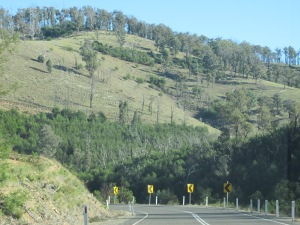
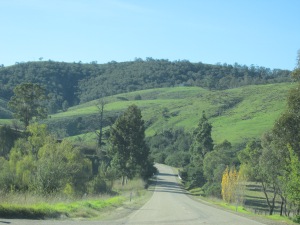
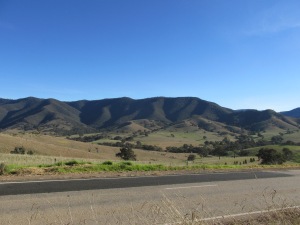
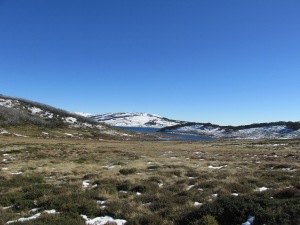
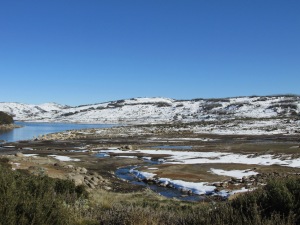
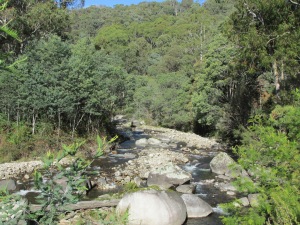


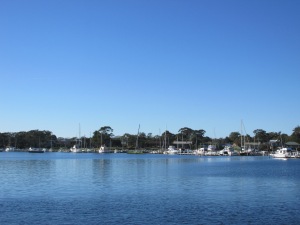
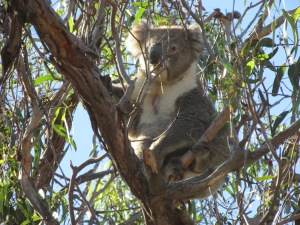



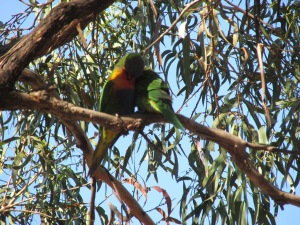
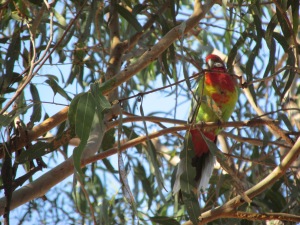
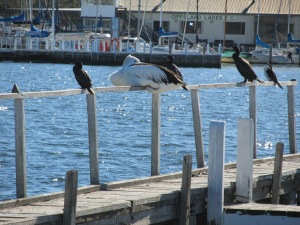

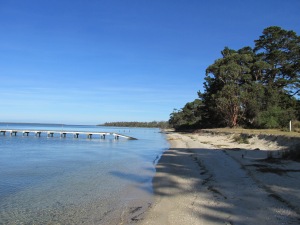
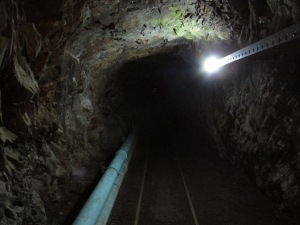
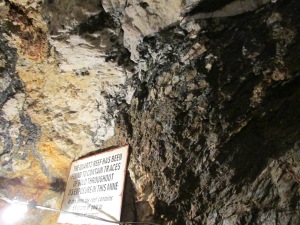

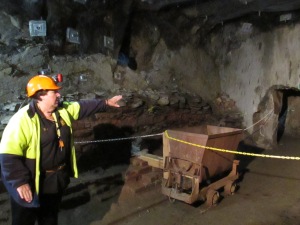

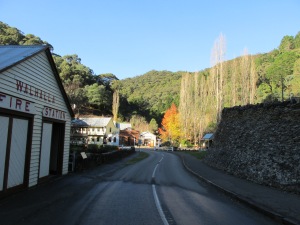
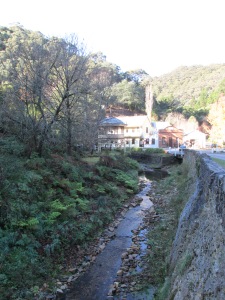
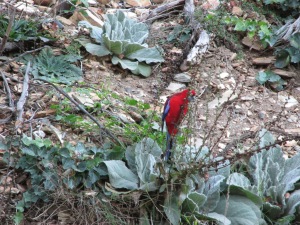





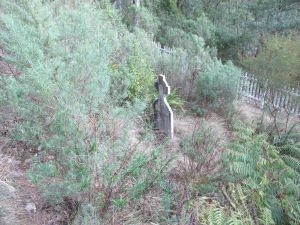
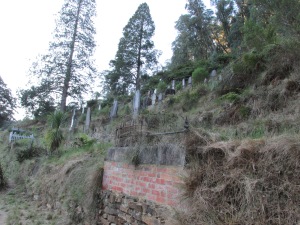

 For Part 1,
For Part 1,  For Part 1,
For Part 1, 




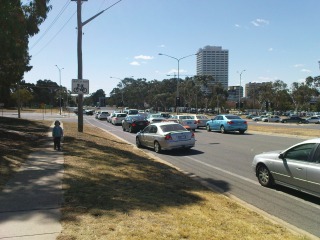
 I normally wouldn’t make a post like this one, but about a year ago I made
I normally wouldn’t make a post like this one, but about a year ago I made 

